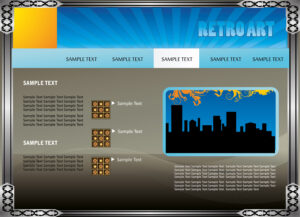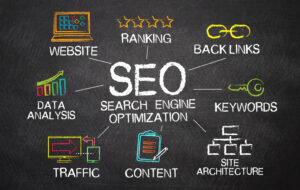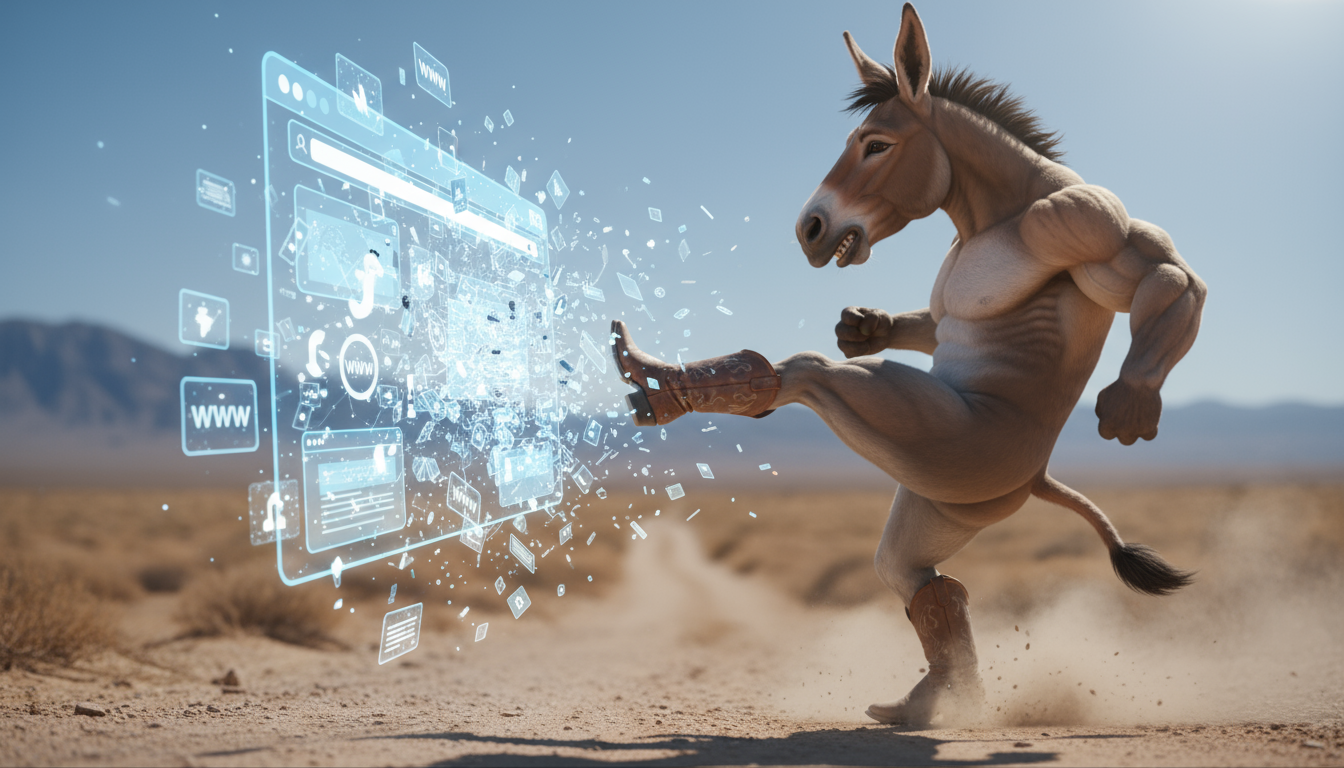 Pretty much every day, I walk my dog Layla about a mile and a half for a half hour. She sniffs, and I learn. Over the years, I have listened to podcasts, audiobooks, and Blinkist book summaries.
Pretty much every day, I walk my dog Layla about a mile and a half for a half hour. She sniffs, and I learn. Over the years, I have listened to podcasts, audiobooks, and Blinkist book summaries.
I canceled my Blinkist account earlier this year because I could tell they started using AI voices instead of humans. I am not anti-AI voice, but there is a common anomaly that makes AI end sentences and paragraphs with the same tone. It makes the voice sound sing-songy and almost monotone. That was causing me to not absorb the content as well as the human-voiced versions that would occasionally pop up.
Since there is so much to learn about AI, I decided to subscribe to multiple new podcasts. I went to Perplexity and asked it to share the most popular AI for small-business podcasts, and it suggested a couple. I listened to both.
 One was a team trying to act like an interview show, but it was clearly scripted, and neither host was a good actor. There were a few takeaways, but very little info about AI use.
One was a team trying to act like an interview show, but it was clearly scripted, and neither host was a good actor. There were a few takeaways, but very little info about AI use.
The second promised not to deluge you with techno-babble. Turns out it was a scripted AI voice, with tech-babble terms I had never heard. I give the host a kudo for digitizing his own voice, but it spoke too fast and was very hard to find an actionable tip that a non-techy small business owner could use or would have the skills to implement themselves.
One podcast I continue to listen to and recommend is “Your Undivided Attention” from the Center for Humane Technology, hosted by Aza Raskin and Tristin Harris. You can listen to Tristen's TED Talk here. They don't get into how to use it for your business, but they do explain what it means for your future.
What I would like to explore is why your website is what it is today, and what your next website should look, feel, and sound like.
Website 101
 Back in 1995, when the web was very young, there were around 2500 websites. Their main purpose was to help scientists share documents and collaborate across computers and organizations, solving interoperability issues.
Back in 1995, when the web was very young, there were around 2500 websites. Their main purpose was to help scientists share documents and collaborate across computers and organizations, solving interoperability issues.
Early websites filled the need for a universal, accessible way to publish, share, and retrieve information, making collaboration, communication, and learning easier for both organizations and the public.
With the introduction of Netscape Navigator, they started to expand into the mainstream, and businesses started creating online brochures. The number of websites in 2000 exploded to around 17 million.
By the mid-2000s, Google had become the world’s largest search engine, indexing over 1 billion URLs (including around 560 million fully indexed pages). It grew from serving 10,000 searches/day in late 1998 to over 100 million searches/day by the end of 2000.
Website 201

Once search took hold, SEO (Search Engine Optimization) became the norm. Websites became search hacking machines. Early SEO best practices made filling pages with technobabble (keywords and phrases) and creating landing pages the way to game the search algorithms.
Companies would create duplicate pages with a town name repeated over and over to make it seem like they were the most popular choice for that town. Optimizing for SEO became a moving target as algorithm changes reduced the number of results that were gaming the system.
Eventually, authority or quality of information became the metric that Google valued and rewarded with more traffic. The one caveat was that the more traffic you had, the higher your authority was. That left small players with fewer than 1000 visitors per month struggling to remain relevant. That was when backlinking became the hack-de-jour.
Backlinking is when one website includes a hyperlink to another website (an inbound or incoming link). Search engines, especially Google, use backlinks as a signal of a site's authority. High-quality backlinks (from websites with much bigger traffic than yours) typically lead to higher search rankings and more organic traffic.
Just as with landing pages, overloaded backlinking became an SEO strategy that search engines started to snuff out as a foul that hurt traffic, and it has since lost its luster.
Website 301
 With the advent of AI, AEO (Answer Engine Optimization) and SEO are the new norm in trying to get more traffic to your website. But, as we see in the history of websites and being found and searched and driving traffic, these tactics benefit large companies much more than small and niche companies.
With the advent of AI, AEO (Answer Engine Optimization) and SEO are the new norm in trying to get more traffic to your website. But, as we see in the history of websites and being found and searched and driving traffic, these tactics benefit large companies much more than small and niche companies.
As AI becomes more prevalent, small players will continue to spend more time competing with companies with much larger pools of talent, resources, and money!
AEO levels the playing field a bit more with AI answer engines (such as Google AI Overviews, ChatGPT, Bing Copilot, and Perplexity) that search for credible, well-structured answers from trusted sources. They synthesize information and cite the best content they find.
The difference between SEO and AEO is that SEO delivers links back to the content, while AEO may or may not provide the sources from which the information is synthesized. That means people will have to decide which source they would like to explore further, without the context of which part of an answer was attributed to which company and its website.
How can you create a website that better serves your audience without falling behind?
The AI Website
 It's logical to think that having AI generate your website's content would give you an edge in AEO, but who actually buys from your website…? AI or people?
It's logical to think that having AI generate your website's content would give you an edge in AEO, but who actually buys from your website…? AI or people?
The old way of creating websites was a Home page, About page, Services page, FAQ or Blog section, and a Contact page. It was designed to engage prospects more than your customers. Today, if you focus your information more on what your customers need, you're likely to generate more prospects than before.
Creating content that explicitly poses and answers questions, using clear headings, bullet points, tables, and concise paragraphs, will make the answer easy for AI models to extract. But I think it's more than that.
If you use AI to record meetings, you can get a summary of the key questions being asked by your customers. If you have your entire team using the same platform, you can compile those responses and create a ‘Q&A Greatest Hits' document, then create pages or a page that gives answers to people who actually visit your website.
You may want to create a search bar in the middle of your homepage that says ‘Answers to Your Question?', or show a list of the top 5 questions of the week or month.
The key point is that you need your sales team to capture what is keeping your customers engaged and/or keeping them up at night. What used to be a static platform that you updated every 2-3 years, now has to become a platform that is more current, relevant, and customer-centric.
Closing Thought
 I totally believe that AI will revolutionize how we market our businesses today — and even more so in the future. I also believe that it will create a deeper desire to connect and engage with humans.
I totally believe that AI will revolutionize how we market our businesses today — and even more so in the future. I also believe that it will create a deeper desire to connect and engage with humans.
Starting with human-generated content takes more time and energy than prompting AI to write it for you, but AI will have a harder time being as forward-thinking, timely, and relevant as asking questions and turning those into answers that people want and need to consume.
Your website is just a part of today's marketing matrix, but it's foundational to making all the parts of your marketing and sales engine work for you and your business.
______________________________
Comment below and share your thoughts, ideas, or questions about business-to-business sales and marketing today! Do you have a sales or marketing communications strategy that works for you? What tips or techniques can you share that work for you and your business?
To learn more about this and other topics on B2b Sales & Marketing, visit our podcast website at The Bacon Podcast.








